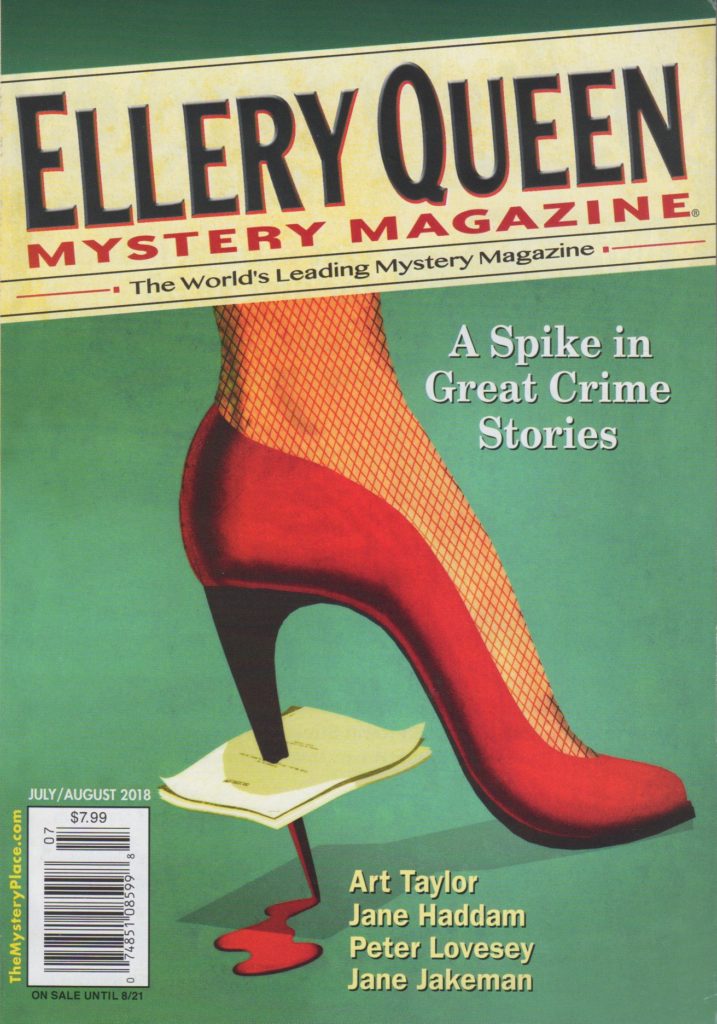At SleuthSayers today, I discuss my sometimes overriding interest in the structures of short fiction—often on the same level as my interest in character and plot, it seems like. My blog post covers both linear and modular fiction, a couple of examples of experimental structures, and then some reflection on my latest story, appearing in the July/August issue of Ellery Queen’s Mystery Magazine.
Here’s an excerpt from the post:
My fiction workshops at George Mason University focus on narrative structure first and foremost. While we obviously discuss character and plot and dialogue and setting and… well, everything that goes into making a story, the semester itself is divided into two assignments: first, write a linear story (chronologically driven start to finish, rising action leading scene by scene to a climax, Aristotelian really), and then write a modular story… which may require some explanation. In class, I assign Madison Smartt Bell’s Narrative Design, which likens modular design to the mosaic—bits and pieces of narrative adding up to a more complex whole—and then analyzes modular stories by breaking them down into various vectors, looking at how those vectors interweave and interact…
